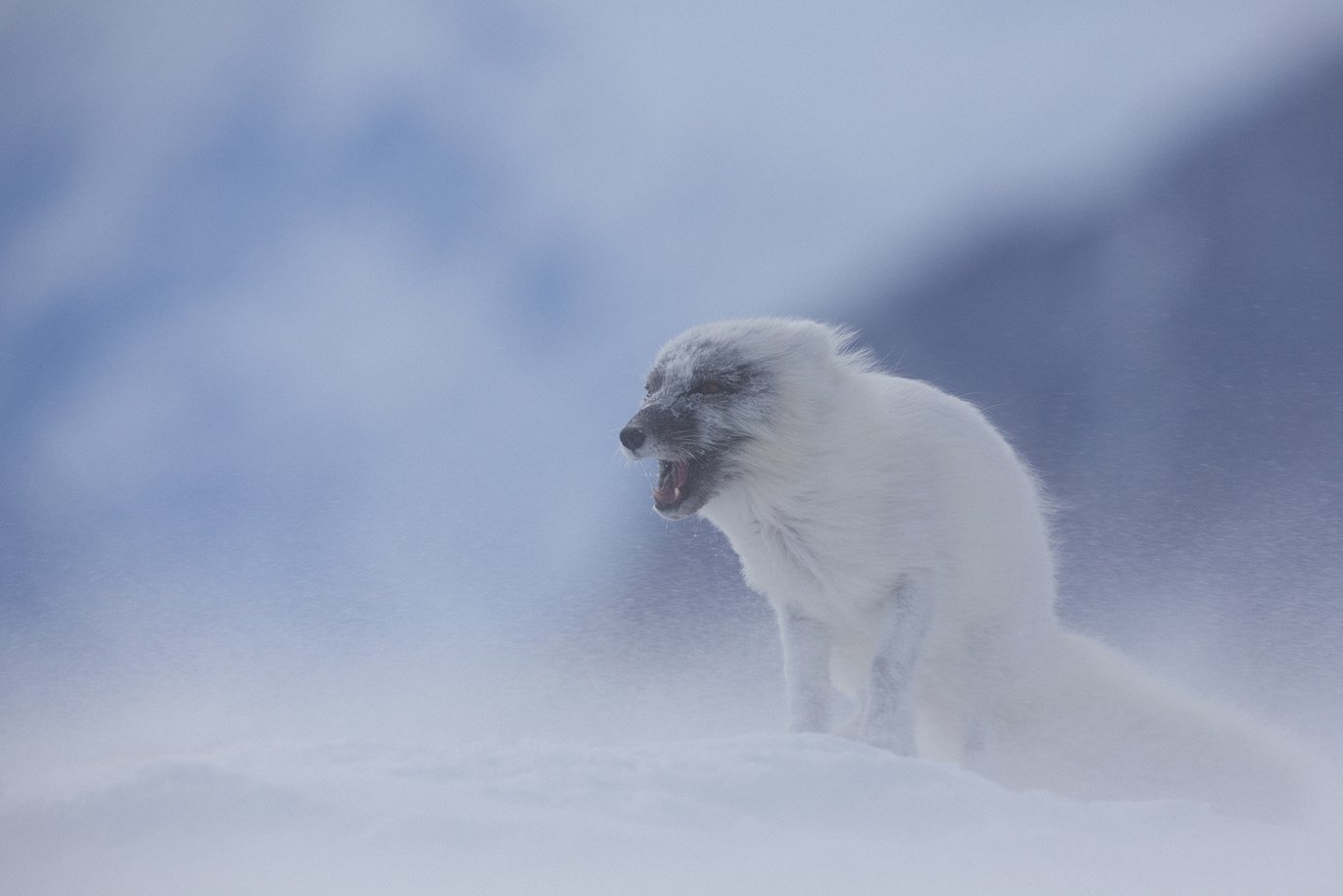First report on biodiversity in the Arctic
More than 250 leading researchers from most of the world have during the past six years contributed with their knowledge and expertise to the first report on total biological diversity in the Arctic and the changes over recent years.

On May 15 2013 the report was presented at the Arctic Council foreign minister’s meeting in Kiruna, Sweden.
The mapping has resulted in a 600-page main report, a synthesis report describing the key findings of the main report and, finally, a special report with recommendations to the political representatives from the countries in the Arctic Council.
Editor of the comprehensive, six-year long work on the report is senior scientist Hans Meltofte, Aarhus University, assisted by senior scientist Alf Josefson, also Aarhus University. The Graphic Workshop in Silkeborg took care of the report layout.
Senior scientist Hans Meltofe regards the now gathered knowledge of biodiversity in the Arctic as the best possible basis for, among other things, the future effort on conservation and monitoring of Arctic flora and fauna:
”Our analyses conclude that the climate changes constitute the greatest threat to the biological diversity in the Arctic, as large parts of the present tundra and the Arctic Ocean are being adversely impacted by invasive species from the south that ‘conquer’ the Arctic ecosystems,” says Hans Meltofte who adds:
“The overexploitation of fish, birds and mammals constitutes another threat that unfortunately has not yet been overcome. Moreover, new threats have arisen from acidification of the ocean due to CO2 pollution and the risk of oil spillage, which in combination increases the pressure on the Arctic nature that has so far been one of the most undisturbed areas of nature in the world.”
Links to the reports
The reports were released by the working group Conservation of Arctic Flora and Fauna (CAFF) under the Arctic Council. Below is CAFF’s own presentation with a link to the reports (in English):
The Conservation of Arctic Flora and Fauna (CAFF), the biodiversity working group of the Arctic Council has released the “Arctic Biodiversity Assessment (ABA),” a report containing the best available science informed by traditional ecological knowledge on the status and trends of Arctic biodiversity and accompanying policy recommendations for biodiversity conservation.
To accompany the Arctic Biodiversity Assessment report and the Arctic Biodiversity Assessment Synthesis, CAFF has prepared a summary of the key findings and developed policy recommendations in an Arctic Biodiversity Assessment Report for Policy Makers (available in English, Russian and Inuktitut). These documents, as well as a press release (available in English, Finnish and Inuktitut) and additional information for partners and members of the press (photos, videos, backgrounders) can be found on the ABA website: www.arcticbiodiversity.is , which we hope you will visit.
The ABA, involving over 250 scientists has been produced by some of the world’s leading experts and was presented to the Foreign Ministers of the Arctic Council countries at the Arctic Council Ministerial on May 15. This major circumpolar effort provides a much needed description of the state of biodiversity in the Arctic. The ABA:
- creates a baseline for use in global and regional assessments of Arctic biodiversity which will inform and guide future Arctic Council work;
- provides up-to-date knowledge gathered from scientific publications supplemented with insights from traditional knowledge holders;
- identifies gaps in the data record;
- describes key mechanisms driving change; and
- presents science-based suggestions for action on addressing major pressures on Arctic biodiversity.
Contact: Senior scientist Hans Meltofte, tel. +45 8715 8691, mobile phone: +45 2988 9278, mel@dmu.dk
DCE – Danish Centre for Environment and Energy
Department of Bioscience, Aarhus University
